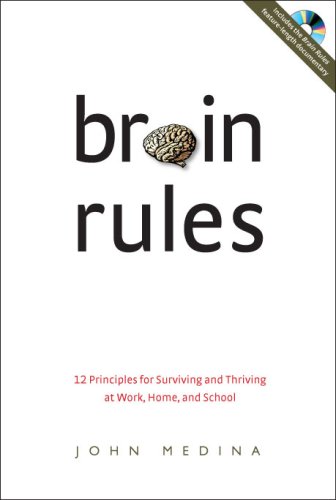Why you say ummmm when you speak
One of the most annoying and bad habits of public speakers is the constant use of “ummmm” to fill the space between words. Why do we do this?
There are four reasons:
- It’s a habit in normal speech. People don’t just do it on stage, they do it in real conversations all the time. We just don’t notice it as much. In one study 40% of all verbal mistakes are umms of some kind (From Erard’s book, below).
- It’s a way to hold the floor. By making noise you indicate you’re not done and prevent other people from interrupting you. This is not necessary of course when on stage, unless it’s a really tough crowd.
- It’s a nervous habit. Some do it more when they are nervous. Generally the worst way to express nerves is through your mouth if you’re giving a presentation.
- We are afraid of silence. There is the feeling among many people when they speak that if they are silent people will boo them off the stage. So they feel obligated never to stop, and never to stop making some kind of noise.
In Michael Errard’s excellent book Um: verbal blunders and what they mean, he explains that we make many verbal blunders all day every day, on the order of one every 10 or 15 words. We just overlook them. We stop, restart, change words, clip words, repeat phrases, all the time. He calls these slips disfluencies. Read a transcript of any conversation, even on TV talk shows, and you’ll see what a mess language is if you pay close attention.
However any repeated filler noise like “ummm” becomes distracting if you are the primary speaker. Other fillers include “So”, “Like”, and “Know what I mean”. Anything repeated unnecessarily can become an annoyance.
As annoying as this habit can be it’s an easy habit to fix.
How to break the habit:
- Admit you have a problem. This is always the first step and it’s the hard one. You may do it an not know. Record the next talk you give and listen. If you umm more than once every 10 minutes, you may have a problem.
- Practice. Most people can learn their way out of the habit if they practice talking and catch themselves every time they um.
- Enjoy the Silence. Depeche Mode had it right. Pick your favorite speaker and pay attention to their pauses. Good speakers enjoy their silence. They take patience between points to let them sit. And when lost allow themselves a few moments of silence to sort things out in their own mind. If you notice when a speaker is silent they draw in more power from the room, like a wave going out before it comes back in.
- Feel the pain! Some toastmasters groups go so far as to have an “ummmgong”, someone who rings a little bell every time someone says “ummmm” in a practice presentation. It’s a bit militant but it probably works.
Have a story about presentation death from ummms? or know now a trick for getting rid of them? Leave a comment.
 Ian is a
Ian is a 